Home>Furniture & Design>Outdoor Furniture>How To Treat Redwood For Outdoor Use
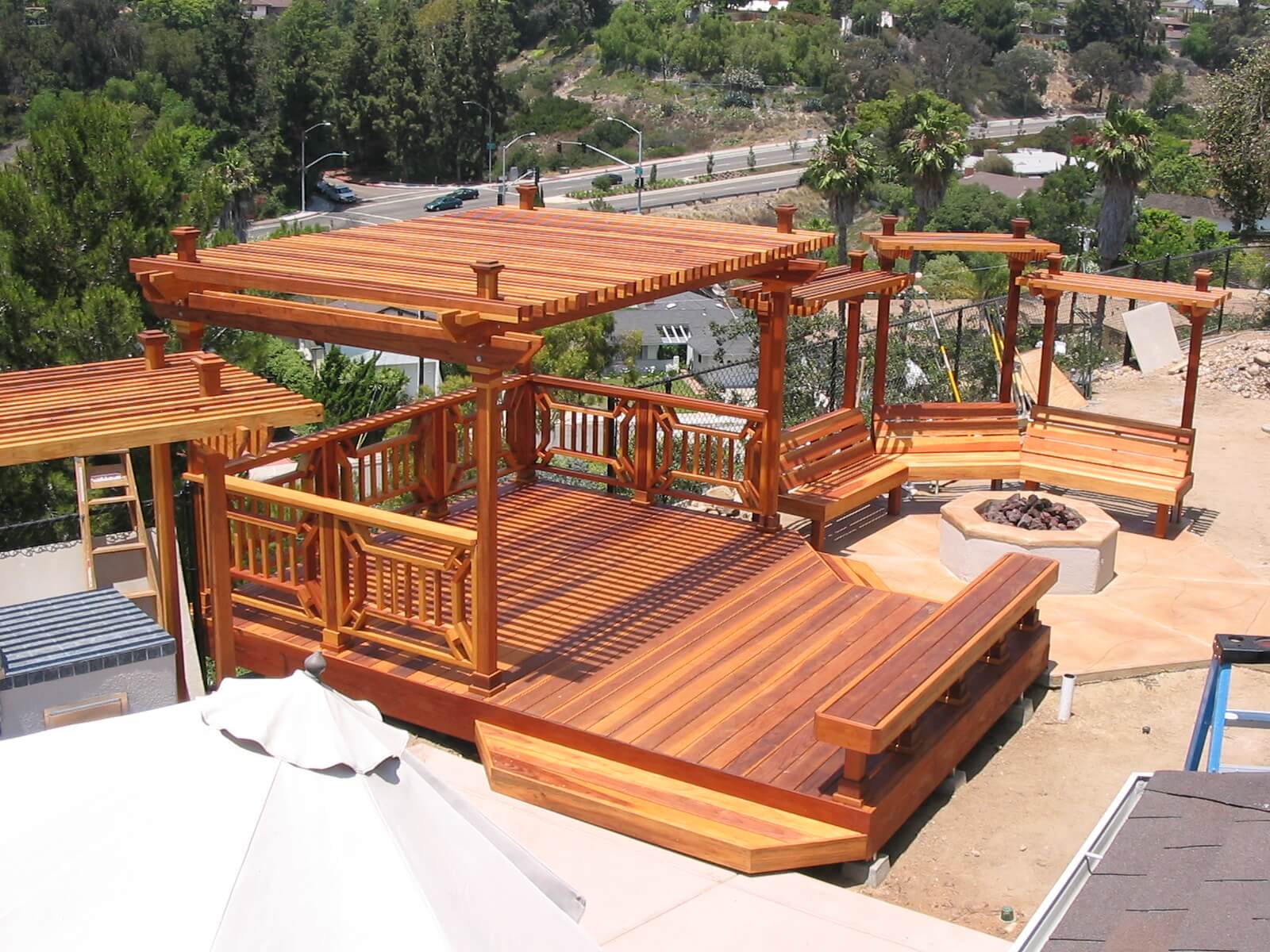

Outdoor Furniture
How To Treat Redwood For Outdoor Use
Published: January 15, 2024
Learn how to properly treat redwood for outdoor use and ensure the longevity of your outdoor furniture and design. Discover the best methods for protecting your outdoor investment.
(Many of the links in this article redirect to a specific reviewed product. Your purchase of these products through affiliate links helps to generate commission for Storables.com, at no extra cost. Learn more)
Introduction
When it comes to outdoor furniture and design, redwood is a popular choice due to its natural beauty, durability, and resistance to decay. However, to ensure that redwood maintains its stunning appearance and structural integrity when used outdoors, it's essential to treat it properly. In this comprehensive guide, we will explore the best practices for treating redwood for outdoor use, from understanding the wood itself to choosing the right treatment and ensuring proper maintenance.
Redwood has been a sought-after material for outdoor furniture, decks, and other exterior applications for generations. Its rich, reddish-brown hue and distinct grain patterns lend a timeless elegance to any outdoor space. Additionally, redwood's inherent resistance to insects, rot, and decay makes it an ideal choice for outdoor use, where it is exposed to the elements year-round.
However, despite its natural resistance, redwood still requires proper treatment to ensure its longevity and maintain its aesthetic appeal. By understanding the unique characteristics of redwood, preparing it for treatment, choosing the right products, and applying them correctly, you can enjoy the timeless beauty and functionality of redwood furniture and structures for years to come.
In the following sections, we will delve into the intricacies of redwood treatment for outdoor use, providing valuable insights and practical tips to help you make the most of this exceptional wood. Whether you are a seasoned woodworker, a homeowner looking to maintain your outdoor redwood furniture, or a design enthusiast seeking to create an inviting outdoor space, this guide will equip you with the knowledge and expertise needed to treat redwood effectively and ensure its longevity in outdoor settings.
Key Takeaways:
- Redwood’s natural beauty and durability make it ideal for outdoor use, but proper treatment is essential for longevity. Understanding, preparing, and maintaining redwood ensures enduring elegance and functionality in outdoor spaces.
- To treat redwood for outdoor use, start by understanding its unique characteristics, then prepare it by cleaning, sanding, and assessing moisture content. Choose the right treatment products and apply them meticulously, followed by proactive maintenance for lasting allure and resilience.
Read more: How To Treat Pine For Outdoor Use
Understanding Redwood
Redwood, scientifically known as Sequoia sempervirens, is a remarkable species of timber revered for its natural beauty and exceptional durability. Native to the coastal regions of California and the Pacific Northwest, redwood trees can reach towering heights, with some specimens standing over 300 feet tall and living for thousands of years. This impressive longevity and resilience are reflected in the wood itself, making redwood an ideal choice for outdoor applications.
One of the most distinctive features of redwood is its rich, reddish-brown color, which deepens and matures over time, adding to the wood’s visual appeal. The grain pattern of redwood is typically straight, though occasional burls and swirls may be present, enhancing the wood’s character and uniqueness. Furthermore, redwood is lightweight, yet remarkably strong, making it suitable for a wide range of outdoor furniture and structural uses.
Redwood possesses natural oils and tannins that contribute to its resistance to decay, insects, and moisture, making it well-suited for outdoor environments. These inherent properties help redwood withstand the rigors of weather exposure, ensuring that outdoor furniture and structures made from this wood remain sturdy and visually striking for many years.
When selecting redwood for outdoor use, it’s important to choose heartwood rather than sapwood. The heartwood, found at the core of the tree, is darker in color and contains higher concentrations of protective compounds, providing superior resistance to decay and insect damage compared to the lighter-colored sapwood.
Understanding the unique characteristics of redwood is crucial when preparing it for outdoor use and treatment. By recognizing its natural strengths and vulnerabilities, you can make informed decisions regarding the appropriate treatment methods and products to enhance its longevity and preserve its aesthetic appeal. In the next section, we will explore the essential steps for preparing redwood for treatment, laying the foundation for effective and lasting protection against outdoor elements.
Preparing Redwood for Treatment
Before applying any treatment to redwood for outdoor use, it is essential to prepare the wood properly to ensure optimal results. The preparation process not only enhances the effectiveness of the treatment but also promotes better absorption and adherence of the protective products, ultimately contributing to the longevity of the wood. Here are the key steps for preparing redwood for treatment:
- Cleaning: Start by thoroughly cleaning the redwood surface to remove any dirt, dust, and debris. A gentle scrub with a mild detergent and water can effectively eliminate surface contaminants, preparing the wood for the treatment process. Rinse the wood with clean water and allow it to dry completely before proceeding.
- Sanding: After the wood has dried, lightly sand the surface to smooth out any rough areas and open up the pores of the wood. This step promotes better penetration of the treatment products and ensures uniform coverage. Use a fine-grit sandpaper and work in the direction of the wood grain for optimal results.
- Deburring: Check the redwood for any rough spots, splinters, or raised grain, and carefully remove them to create a smooth and uniform surface. Pay special attention to edges and corners, as well as any intricate details in the wood, to prepare it for the treatment application.
- Moisture Content: Assess the moisture content of the redwood before applying any treatment. Ideally, the wood should have a moisture content of around 12% for optimal treatment absorption and retention. Use a moisture meter to measure the wood’s moisture levels and take appropriate measures to achieve the ideal range if necessary.
- Weathering: If the redwood is freshly milled or installed, consider allowing it to weather for a few weeks before applying the treatment. This natural weathering process helps the wood stabilize and allows any surface treatments to adhere more effectively, leading to better overall protection.
By diligently preparing the redwood for treatment, you set the stage for successful and long-lasting protection against outdoor elements. These preparatory steps not only optimize the performance of the treatment products but also contribute to the overall appearance and durability of the redwood, ensuring that it remains a stunning and resilient feature of your outdoor space.
With the redwood primed for treatment, the next crucial step is to select the right treatment products tailored to the specific needs of outdoor redwood furniture and structures. In the following section, we will explore the factors to consider when choosing the most suitable treatment for redwood, empowering you to make informed decisions that align with your outdoor design and maintenance goals.
Choosing the Right Treatment
When it comes to treating redwood for outdoor use, selecting the appropriate treatment products is paramount to safeguarding the wood against environmental stressors and preserving its natural beauty. With a myriad of treatment options available, it’s essential to consider several factors to ensure that the chosen products effectively protect and enhance the redwood. Here are the key considerations for choosing the right treatment for outdoor redwood:
- UV Protection: Given that outdoor redwood is exposed to sunlight, it’s crucial to choose a treatment that offers UV protection. UV rays can cause discoloration and degradation of the wood over time, so selecting a treatment with UV inhibitors helps maintain the wood’s color and structural integrity.
- Water Resistance: Redwood is naturally resistant to moisture, but an additional water-repellent treatment can provide extra protection, especially for outdoor furniture and structures that are frequently exposed to rain, snow, and humidity. Look for treatments specifically formulated to repel water and prevent moisture infiltration.
- Mildew and Mold Resistance: In damp or humid environments, redwood furniture and structures may be susceptible to mildew and mold growth. Choosing a treatment with mildewcides and mold inhibitors can mitigate these risks, ensuring that the wood remains free from unsightly and potentially damaging fungal growth.
- Preservative Properties: Opt for treatments that contain preservatives to safeguard the redwood against decay and insect damage. These preservatives penetrate the wood fibers, providing long-term protection against wood-boring insects and fungal decay, bolstering the wood’s natural resistance.
- Eco-Friendly Formulations: Consider environmentally friendly treatment options that are low in volatile organic compounds (VOCs) and safe for outdoor use. Choosing eco-conscious treatments aligns with sustainable practices and minimizes the environmental impact of the treatment process.
By considering these factors, you can narrow down the myriad of treatment options and select products that align with the unique requirements of outdoor redwood. Additionally, consulting with knowledgeable professionals at your local hardware store or seeking advice from experienced woodworkers can provide valuable insights and recommendations for the most suitable treatments for redwood in your specific outdoor setting.
With the right treatment products identified, the next crucial step is the proper application of the chosen treatments to ensure comprehensive coverage and long-lasting protection for the redwood. In the subsequent section, we will delve into the best practices for applying treatments to outdoor redwood, guiding you through the process to achieve optimal results and maximize the wood’s resilience in outdoor environments.
To treat redwood for outdoor use, apply a penetrating oil-based stain or sealant to protect it from moisture and UV damage. Make sure to follow the manufacturer’s instructions for proper application and reapplication.
Application of Treatment
Once you have selected the appropriate treatment products for your outdoor redwood, the next critical step is the meticulous application of these treatments to ensure comprehensive protection and enhancement of the wood. Proper application techniques not only maximize the effectiveness of the treatments but also contribute to the overall visual appeal and longevity of the redwood. Here are the essential guidelines for the application of treatment to outdoor redwood:
- Surface Preparation: Ensure that the redwood surface is clean, dry, and free from any previous coatings or residues before applying the treatment. If necessary, lightly sand the wood to promote better absorption of the treatment products and to achieve a smooth, uniform finish.
- Protective Gear: Prior to application, don appropriate protective gear, including gloves, safety goggles, and a mask, especially when working with solvent-based treatments. Adequate ventilation in the application area is also crucial to minimize exposure to fumes.
- Application Method: Depending on the type of treatment chosen, such as oil-based stains, water-based sealers, or clear finishes, select the appropriate application method, such as a brush, roller, or sprayer, to achieve even coverage and penetration into the wood pores.
- Even Application: Apply the treatment evenly in the direction of the wood grain to ensure uniform absorption and coverage. Avoid over-application, which can lead to surface film formation or poor drying, compromising the treatment’s effectiveness.
- Multiple Coats: For enhanced protection and longevity, consider applying multiple thin coats of the treatment, allowing adequate drying time between each coat as per the manufacturer’s recommendations. This layering approach maximizes the treatment’s penetration and durability.
- Weather Considerations: Take weather conditions into account when applying the treatment. Ideally, choose a dry day with moderate temperatures and low humidity to facilitate proper drying and curing of the treatment. Avoid application during direct sunlight to prevent premature drying and uneven absorption.
- Post-Application Care: After applying the treatment, carefully follow the manufacturer’s instructions regarding drying times, curing periods, and any recommended post-application maintenance to optimize the treatment’s performance and the overall resilience of the redwood.
By adhering to these application guidelines, you can ensure that the outdoor redwood receives the full benefits of the chosen treatments, resulting in enhanced protection against UV exposure, moisture, and environmental stressors. Additionally, proper application techniques contribute to the wood’s aesthetic appeal, accentuating its natural beauty and character while fortifying it for long-term outdoor use.
With the treatment applied and the redwood fortified for outdoor challenges, the final section will address the crucial aspects of maintenance and care to preserve the wood’s integrity and visual allure in the face of changing seasons and environmental influences.
Read more: How To Treat Tree Stumps For Outdoor Use
Maintenance and Care
Effective maintenance and regular care are integral to preserving the beauty and structural integrity of outdoor redwood furniture and structures. By implementing a proactive maintenance routine and adhering to specific care guidelines, you can extend the lifespan of the redwood and ensure that it remains a captivating and enduring feature of your outdoor space. Here are the essential practices for the maintenance and care of outdoor redwood:
- Regular Cleaning: Periodically clean the redwood surfaces with a mild detergent and water to remove dirt, grime, and environmental residues. Gently scrub the wood and rinse thoroughly, allowing it to dry completely before applying any further maintenance treatments or protective products.
- Inspection and Repair: Routinely inspect the redwood for any signs of wear, damage, or discoloration. Address any issues promptly, such as sanding rough spots, refinishing worn areas, or replacing damaged components, to prevent further deterioration and maintain the wood’s allure.
- Reapplication of Treatments: Monitor the condition of the redwood’s finish and reapply the treatment products as needed based on the manufacturer’s recommendations and the environmental exposure of the wood. Regularly refreshing the protective treatments ensures ongoing resilience against UV rays, moisture, and other outdoor elements.
- Sealant Maintenance: If the redwood has been treated with a sealant or clear finish, periodically assess the integrity of the seal and reapply as necessary to uphold water resistance and prevent moisture infiltration. Properly maintained sealants contribute to the wood’s long-term durability.
- Protective Coverings: Consider using protective coverings, such as breathable furniture covers or tarps, during extended periods of inclement weather or when the redwood will not be in use for an extended period. These covers shield the wood from excessive moisture and environmental exposure.
- Seasonal Considerations: Adjust your maintenance routine based on seasonal changes and weather patterns. For instance, during the winter months, take extra precautions to protect the redwood from snow, ice, and freezing temperatures, while ensuring adequate ventilation and moisture control during humid summers.
By incorporating these maintenance practices into your outdoor redwood care regimen, you can proactively safeguard the wood against the effects of weathering, aging, and environmental factors, preserving its allure and functionality for years to come. Consistent care and attention to the redwood’s maintenance needs contribute to its longevity and sustained visual appeal, allowing you to enjoy the timeless elegance and resilience of this exceptional wood in your outdoor setting.
With a comprehensive understanding of redwood treatment, from preparation and application to ongoing maintenance, you are well-equipped to ensure the enduring beauty and durability of outdoor redwood furniture and structures. By implementing these practices, you can elevate your outdoor space with the timeless charm and natural splendor of redwood, creating an inviting and captivating environment for relaxation and enjoyment.
Conclusion
In conclusion, the treatment of redwood for outdoor use is a multifaceted process that requires careful consideration, meticulous preparation, and ongoing maintenance to ensure the wood’s longevity and visual appeal in outdoor environments. Redwood, renowned for its natural beauty, durability, and resistance to decay, is a prized choice for outdoor furniture, decks, and structures, adding timeless elegance and functionality to outdoor spaces.
Understanding the unique characteristics of redwood, including its rich color, inherent resistance to environmental stressors, and exceptional strength, is paramount when embarking on the treatment journey. By recognizing these attributes, you can tailor the treatment approach to maximize the wood’s natural strengths and fortify it against outdoor challenges.
Preparing redwood for treatment involves thorough cleaning, surface smoothing, and moisture assessment, setting the stage for effective treatment application and absorption. Choosing the right treatment products tailored to the specific needs of outdoor redwood, such as UV protection, water resistance, and preservative properties, is crucial for safeguarding the wood and preserving its aesthetic appeal.
The meticulous application of treatment, including surface preparation, protective gear usage, and even coating, ensures comprehensive coverage and long-lasting protection for the redwood. Additionally, proactive maintenance and regular care, such as cleaning, inspection, and reapplication of treatments, contribute to the wood’s sustained allure and structural integrity in the face of changing seasons and environmental influences.
By embracing these best practices and integrating them into your outdoor redwood care regimen, you can elevate your outdoor space with the enduring beauty and resilience of redwood, creating an inviting and captivating environment for relaxation and enjoyment. The timeless charm and natural splendor of redwood, when treated and maintained effectively, enrich outdoor settings, providing a sanctuary of elegance and durability for years to come.
With a commitment to understanding, preparing, treating, and maintaining redwood for outdoor use, you can embark on a journey of enhancing your outdoor space with the unmatched allure and functionality of this exceptional wood. By embracing the principles outlined in this guide, you can create an outdoor oasis that celebrates the enduring beauty and durability of redwood, enriching your outdoor experiences and creating lasting memories in a space adorned with the timeless splendor of nature.
Frequently Asked Questions about How To Treat Redwood For Outdoor Use
Was this page helpful?
At Storables.com, we guarantee accurate and reliable information. Our content, validated by Expert Board Contributors, is crafted following stringent Editorial Policies. We're committed to providing you with well-researched, expert-backed insights for all your informational needs.
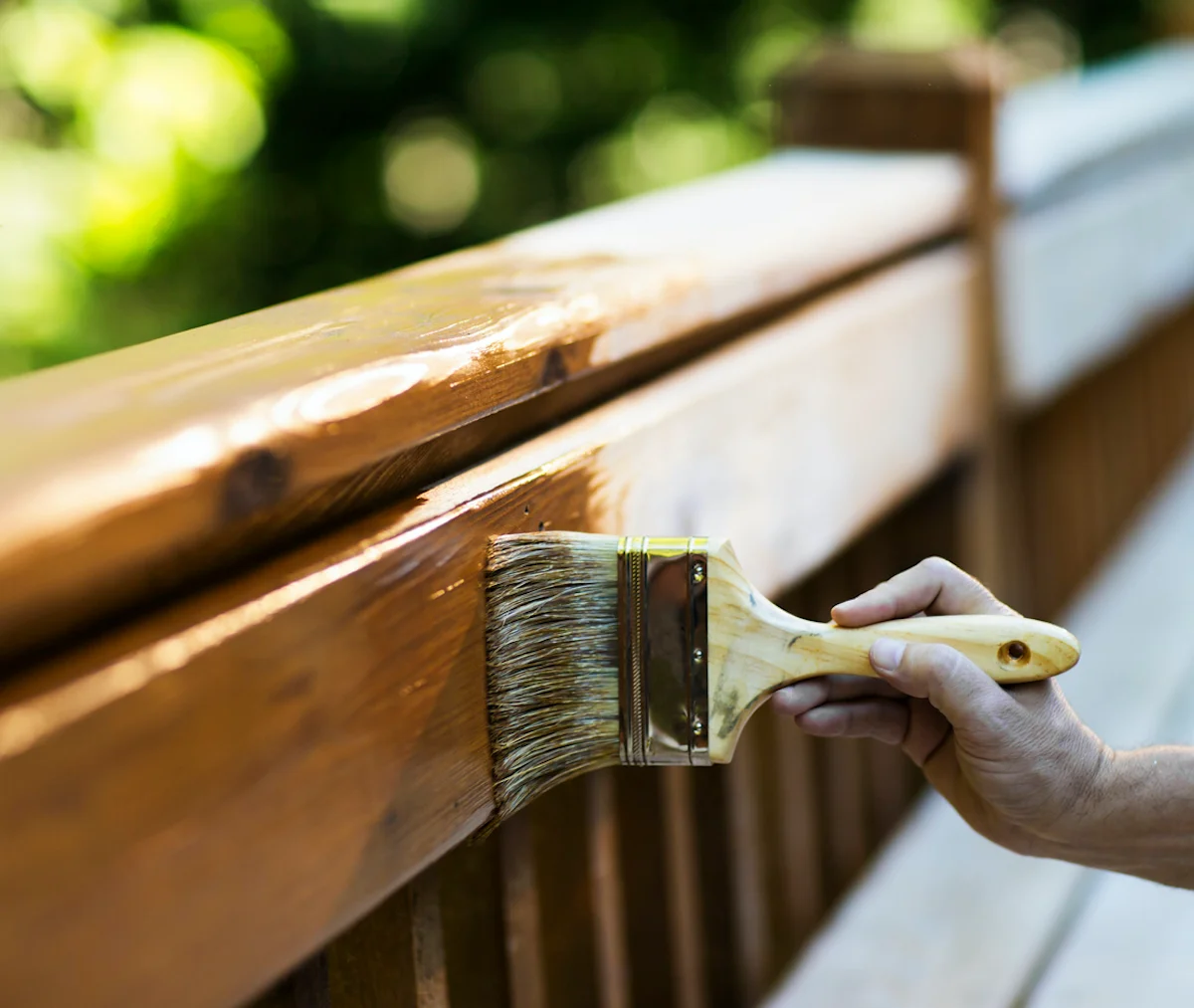
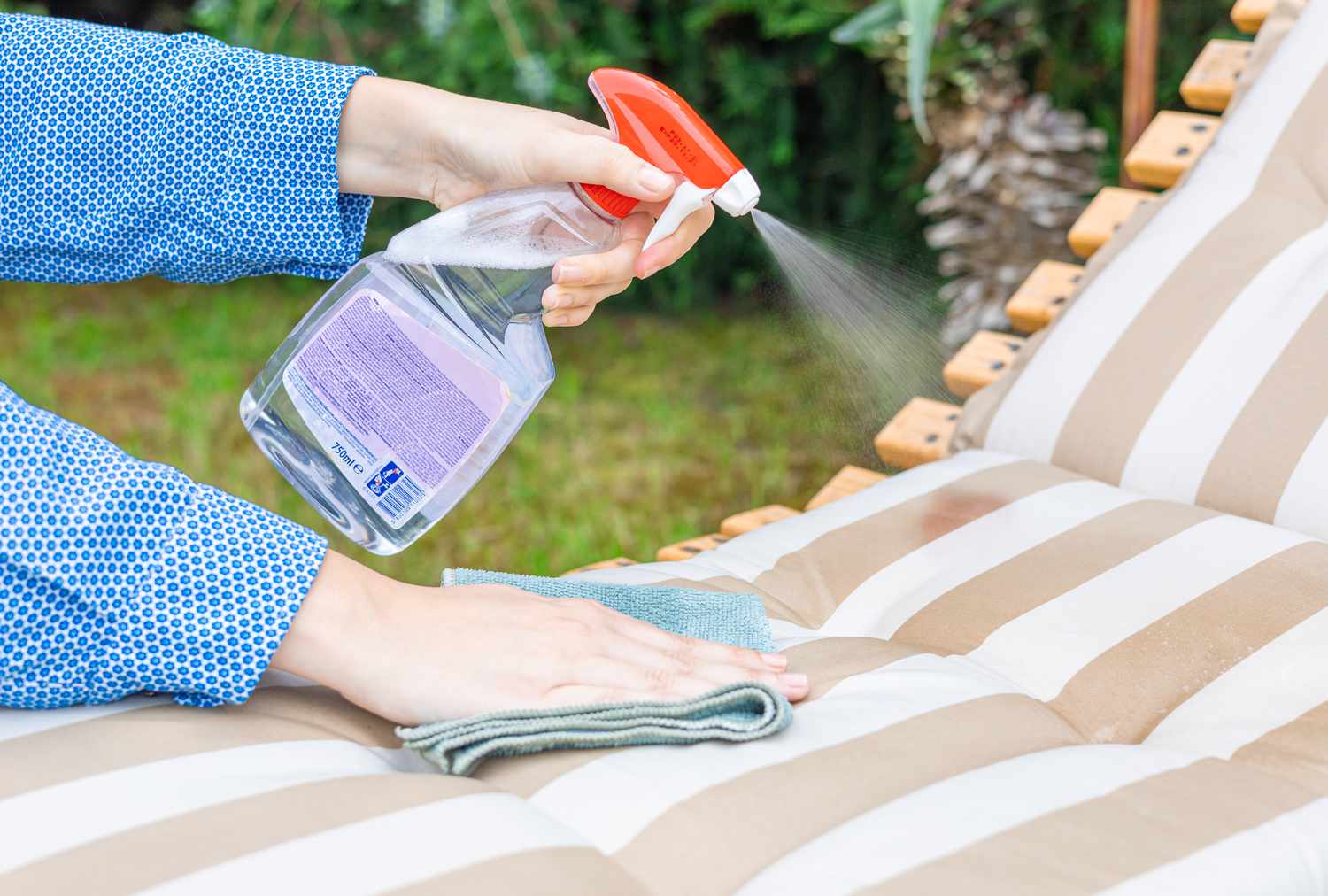
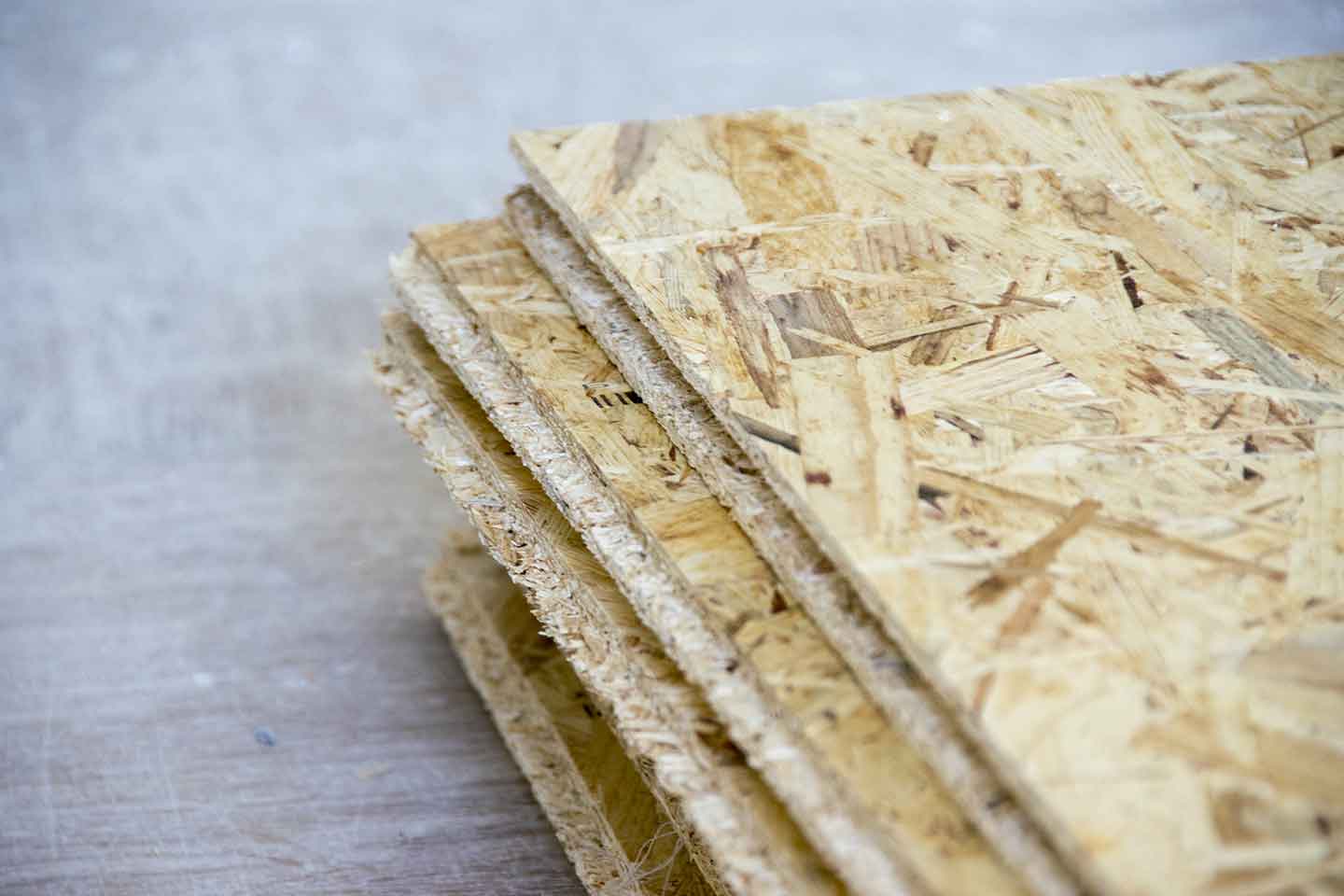
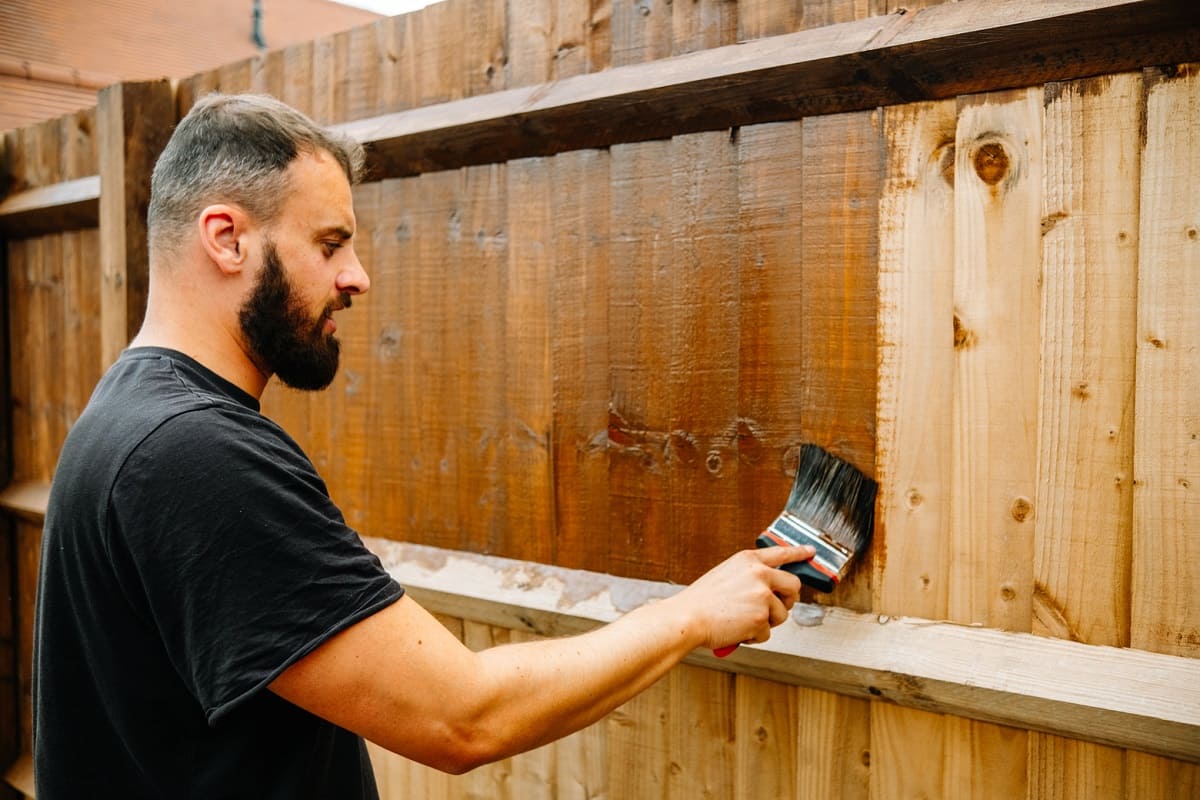
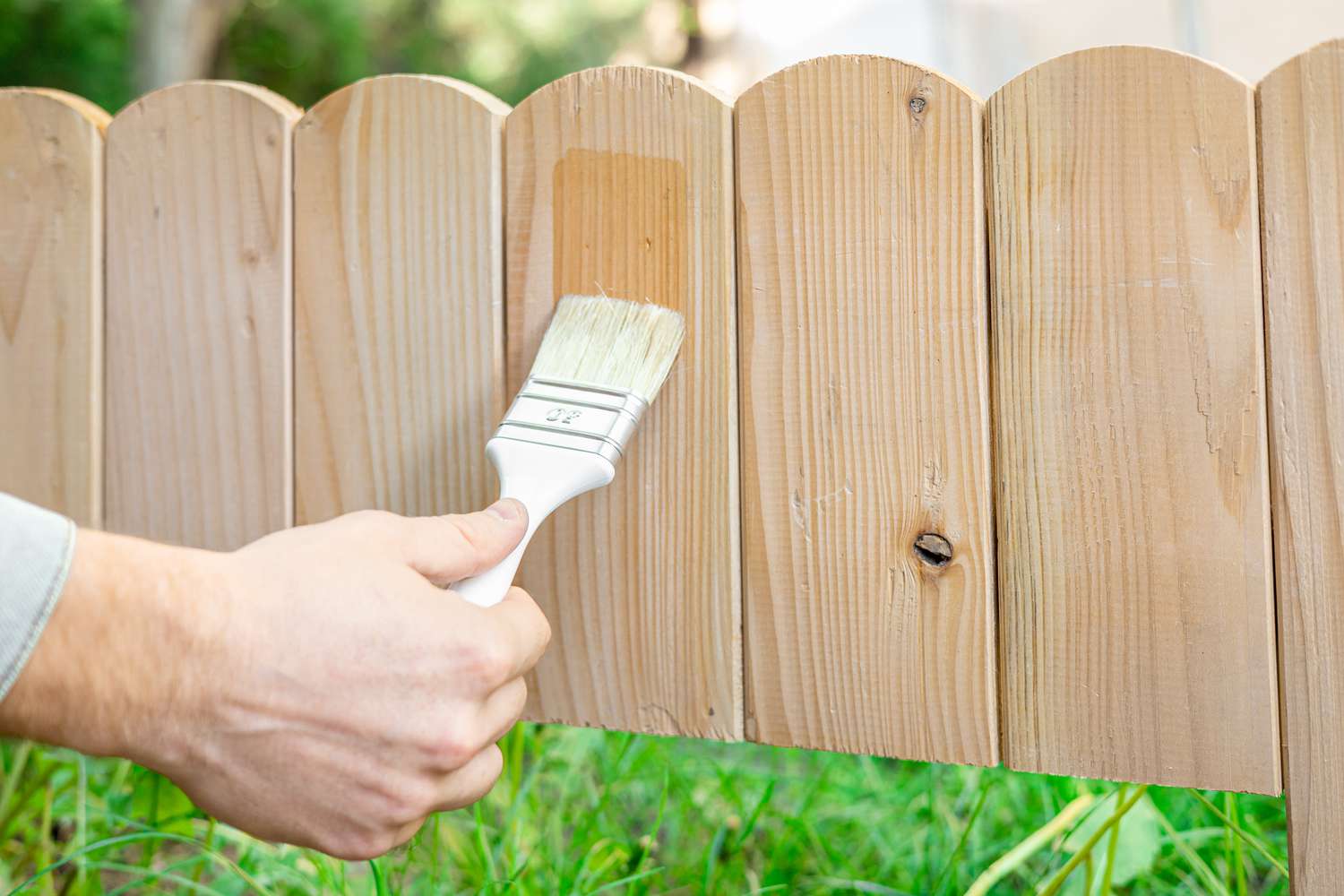
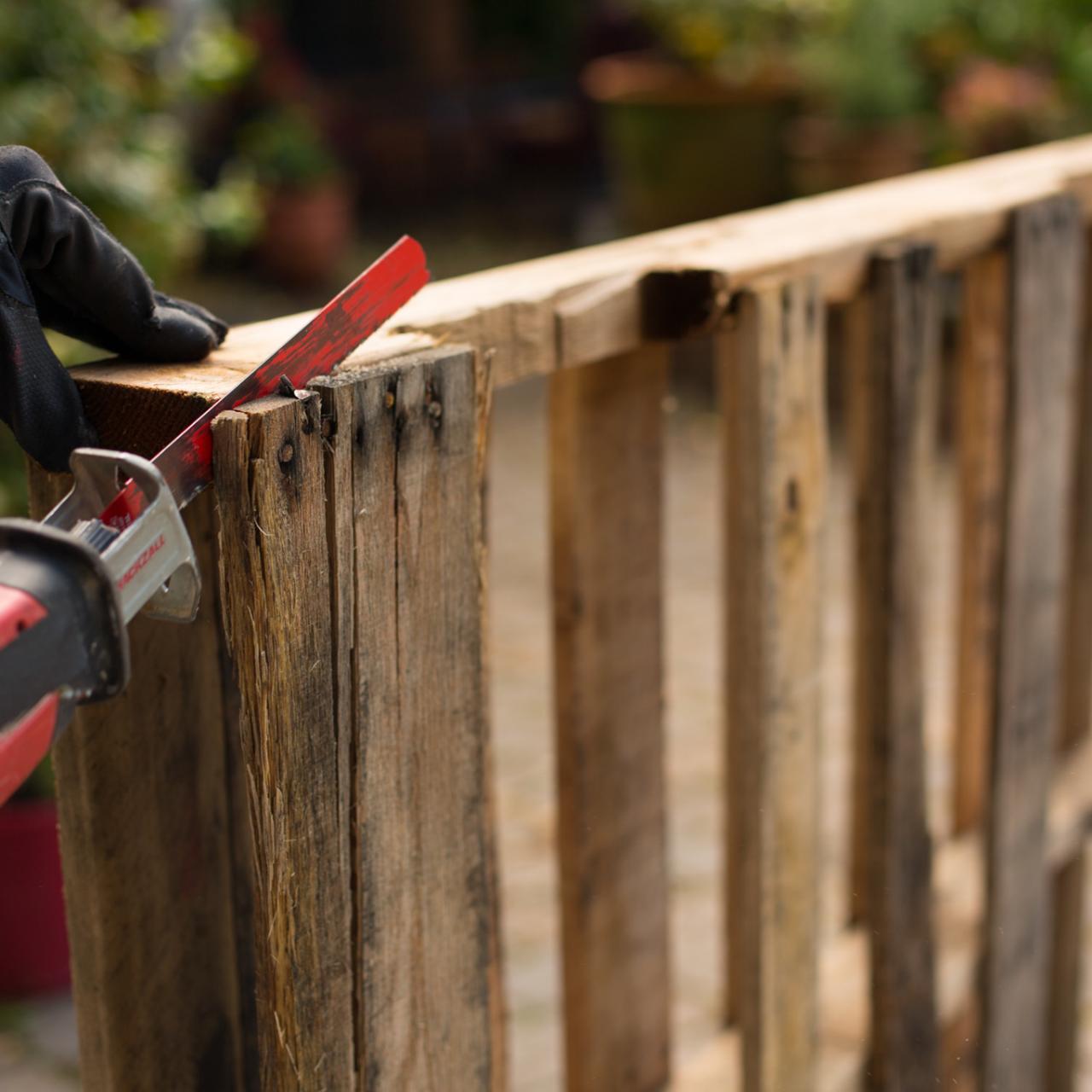
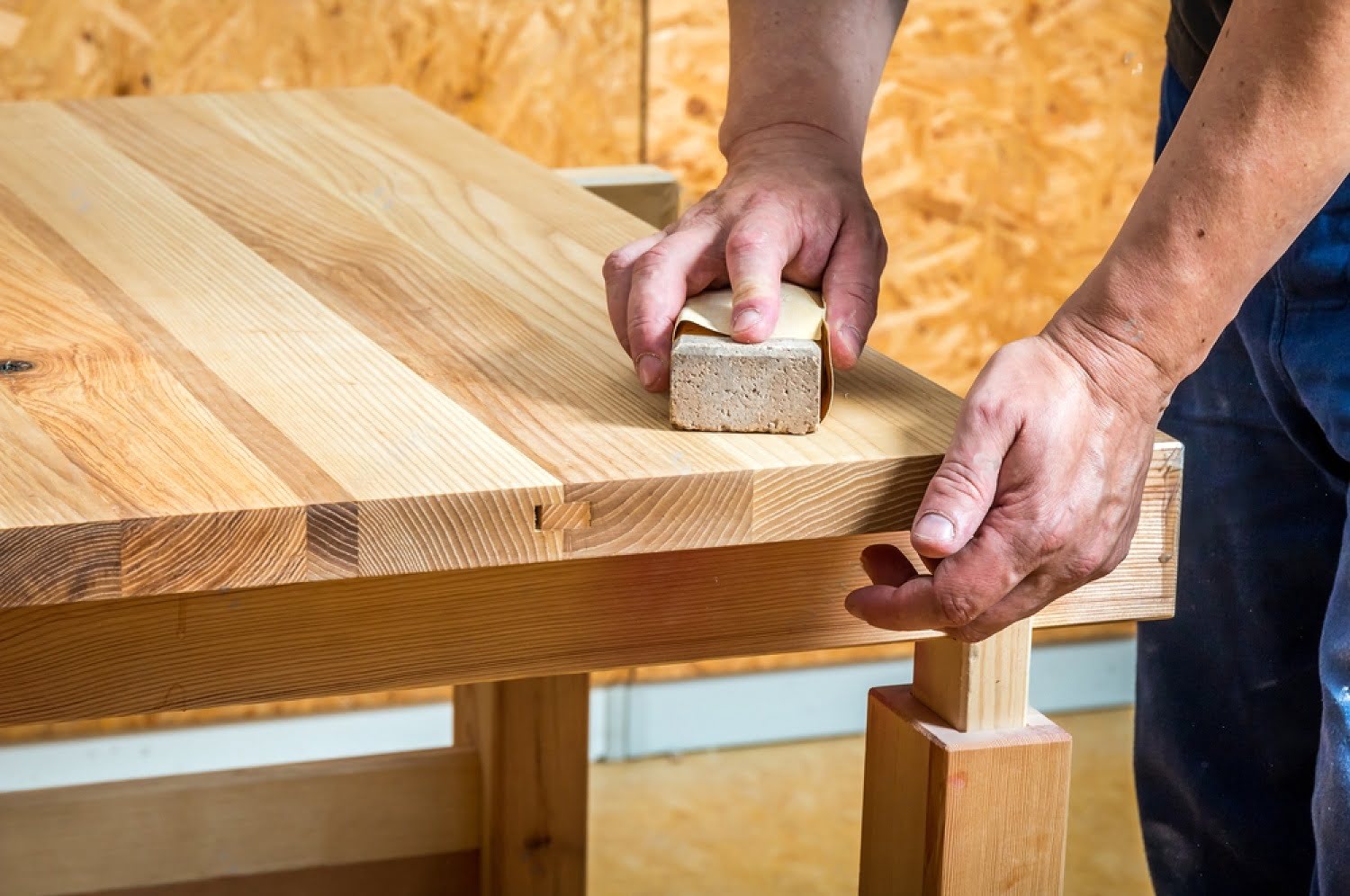
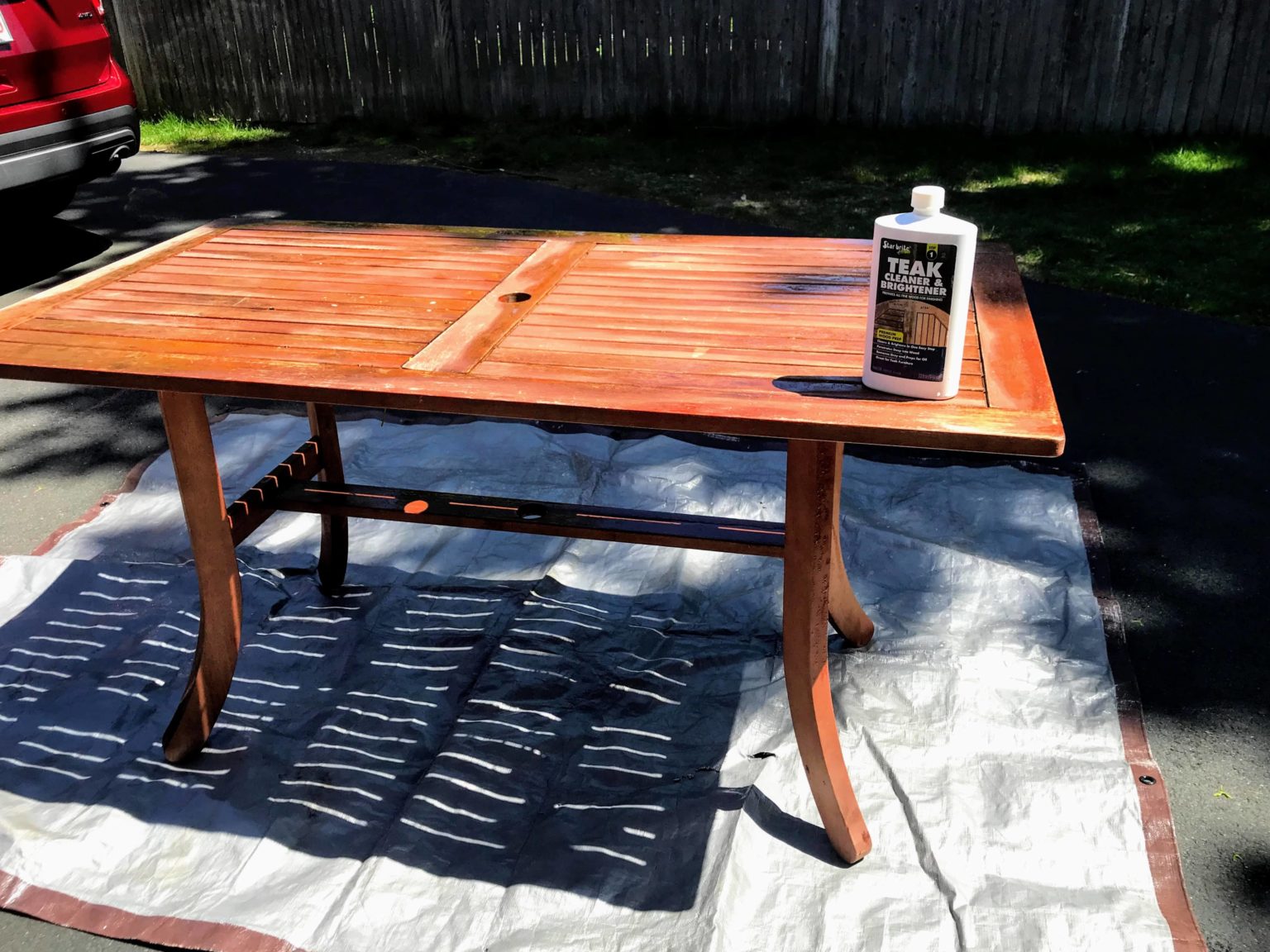
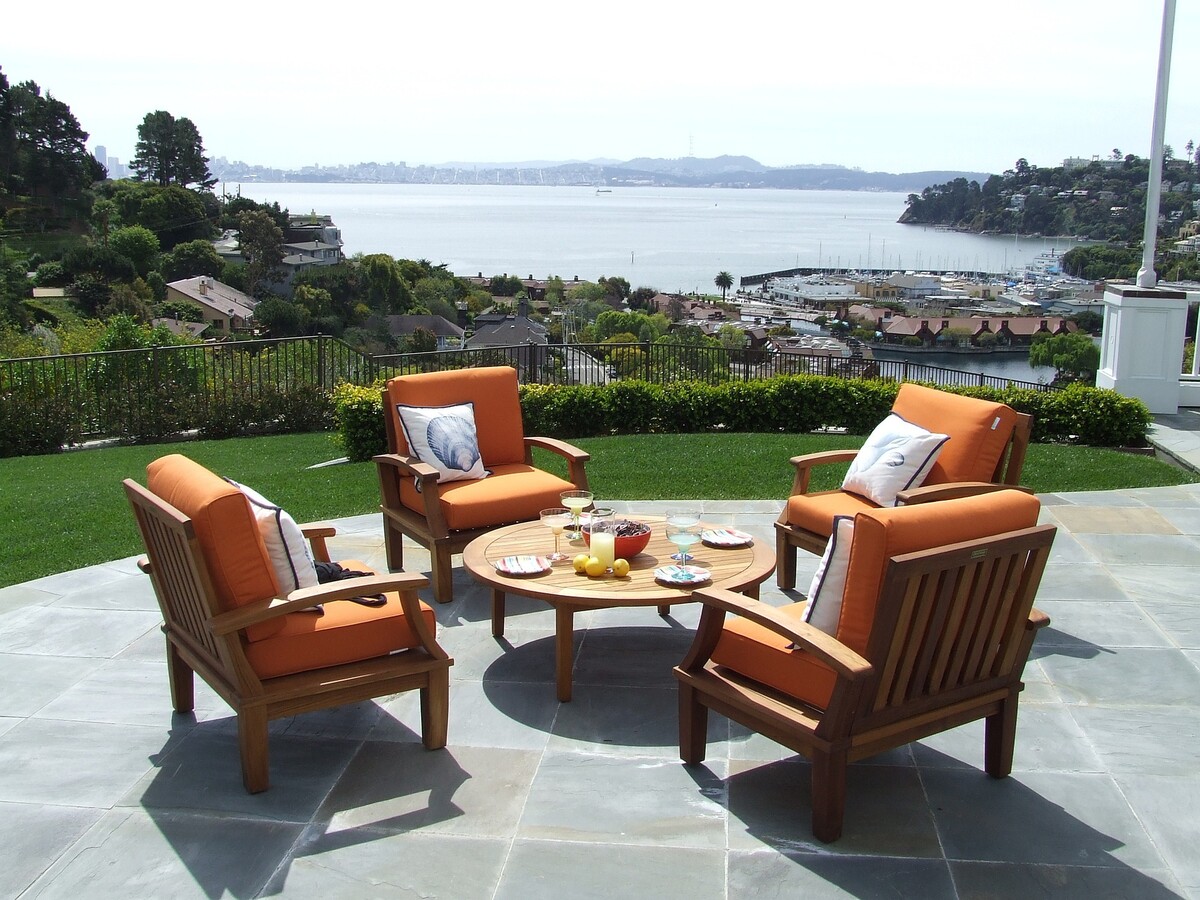
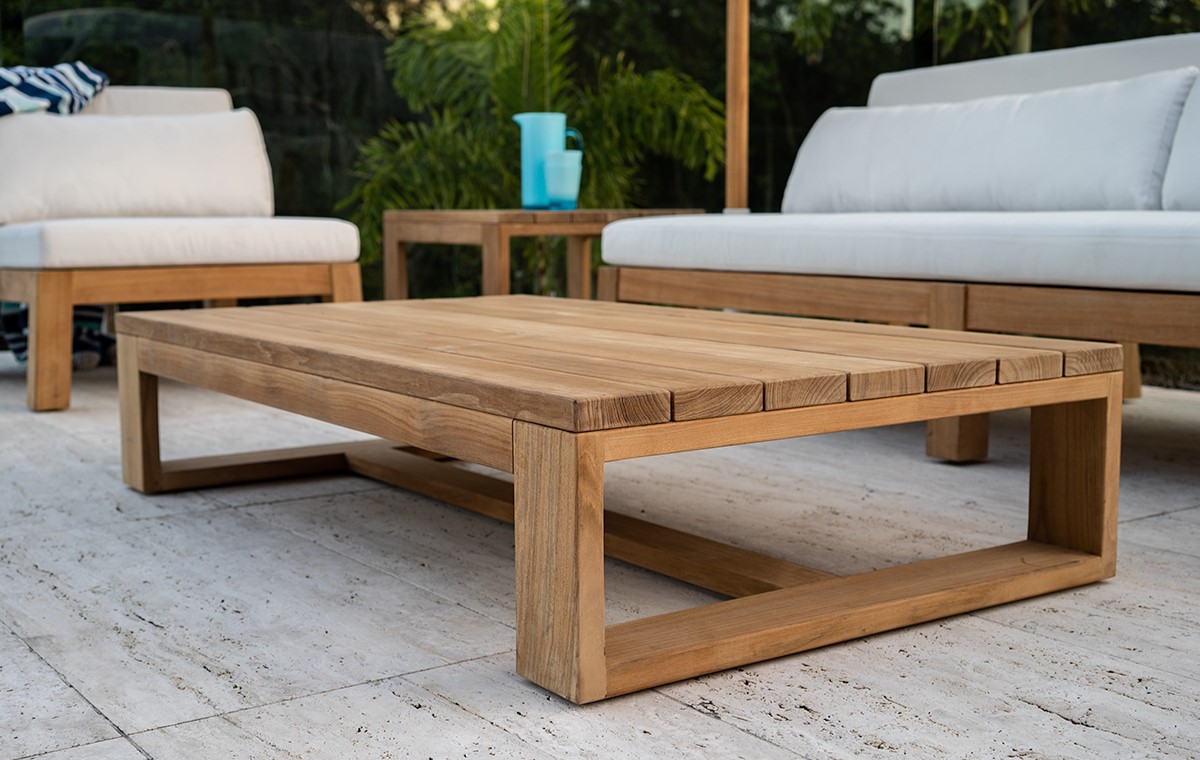
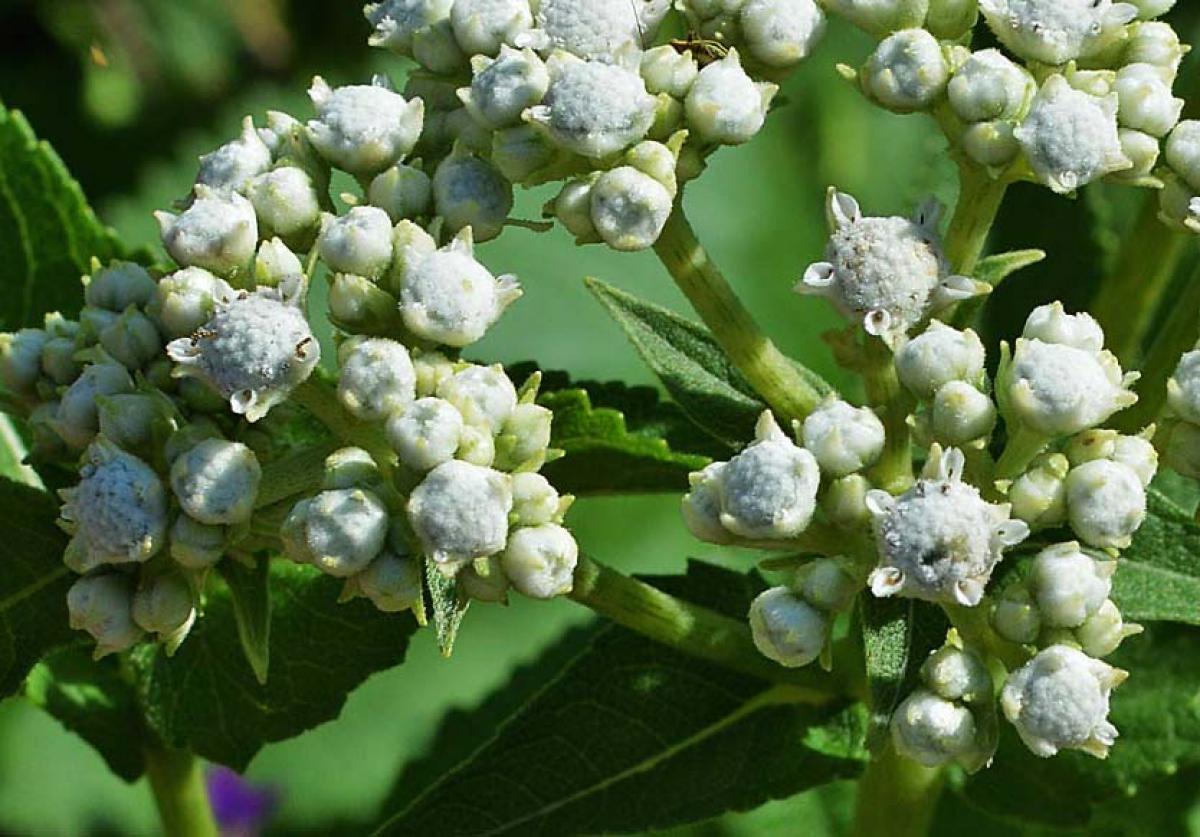
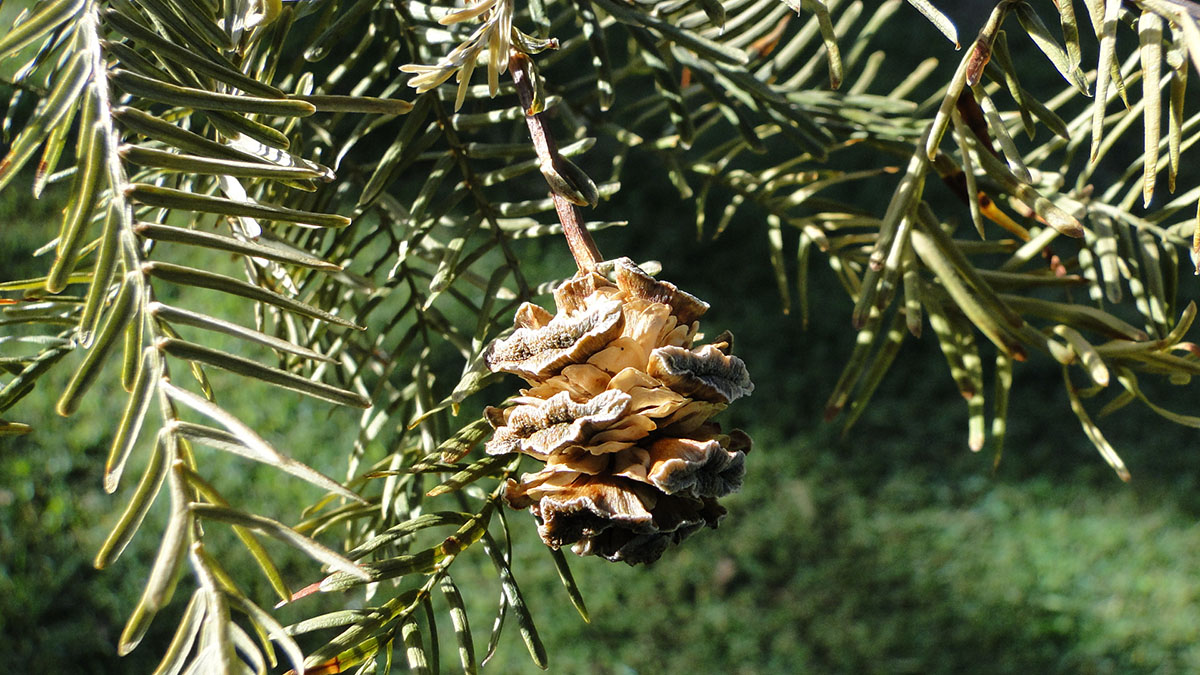
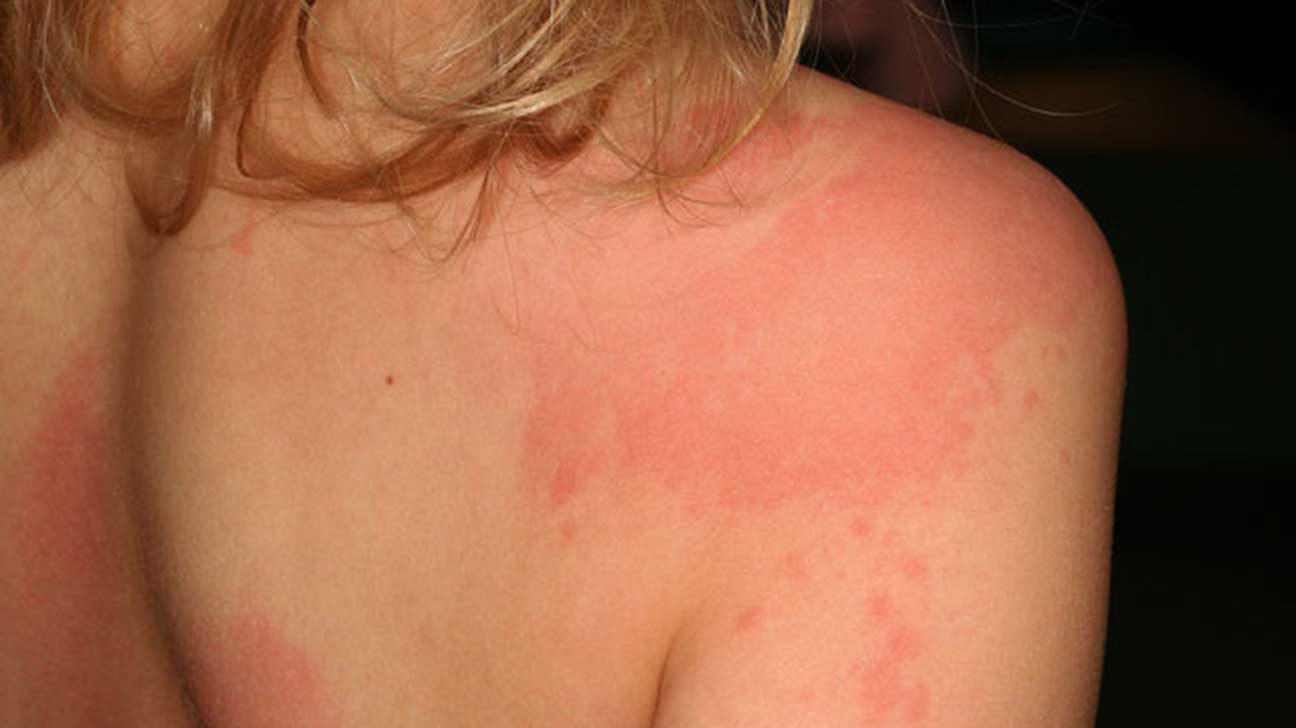
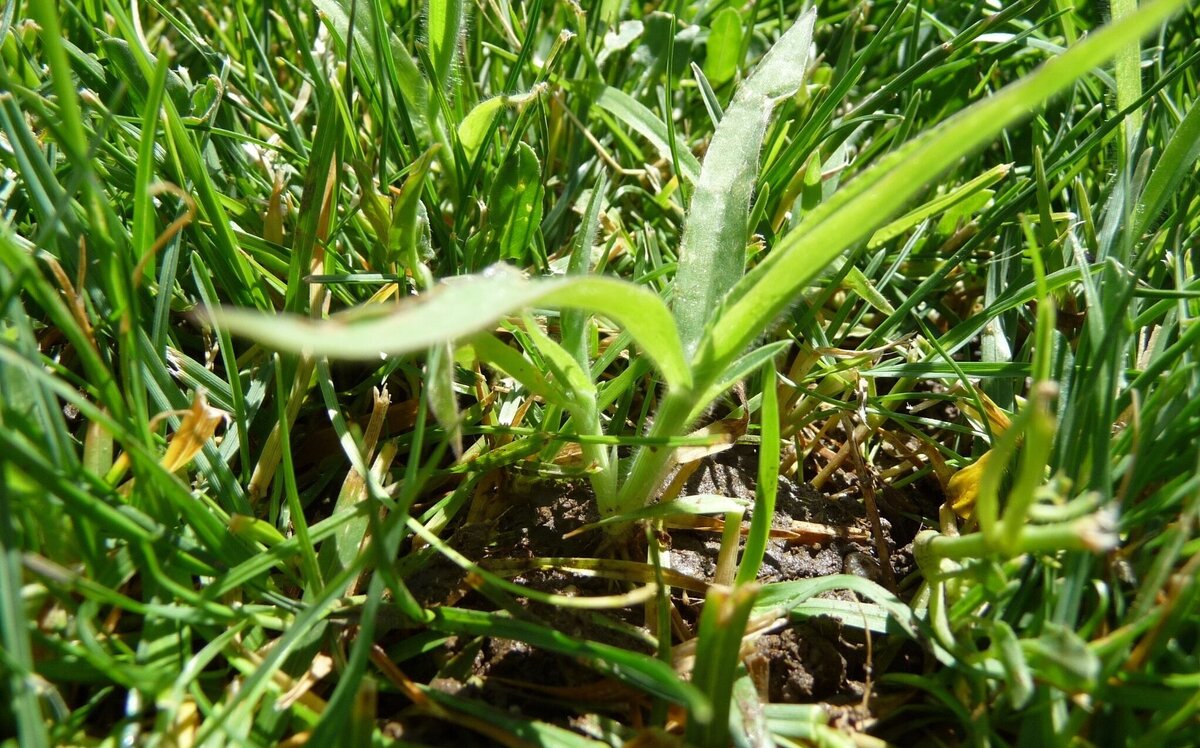

0 thoughts on “How To Treat Redwood For Outdoor Use”